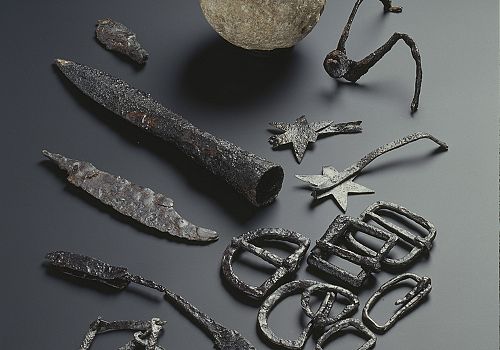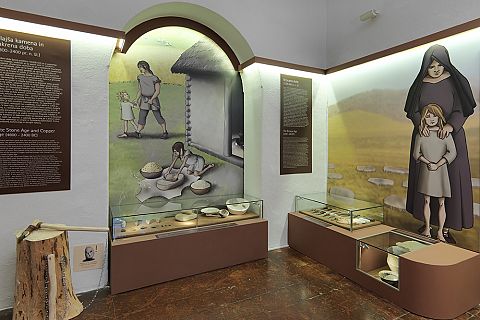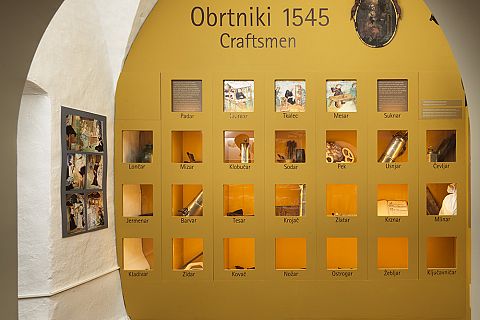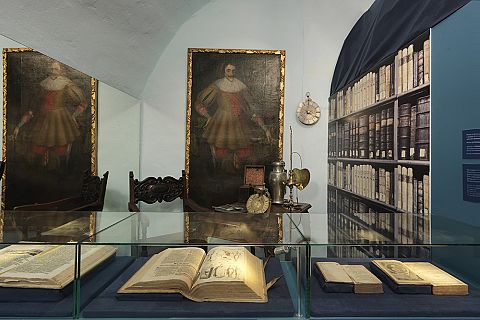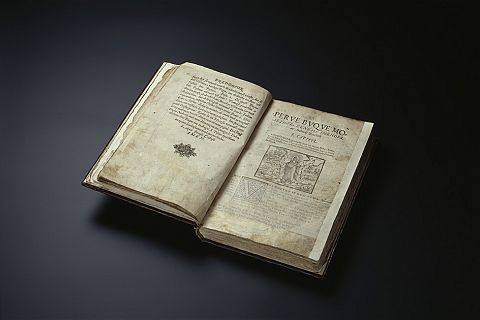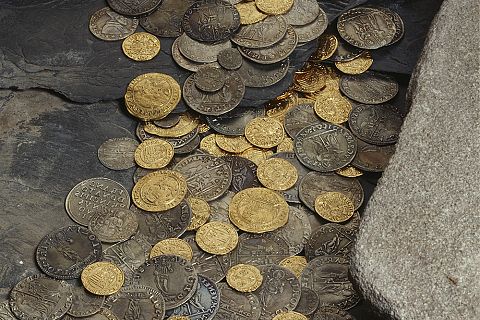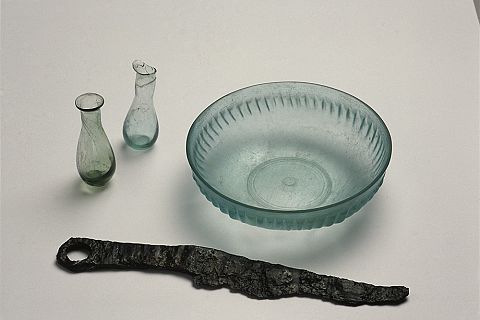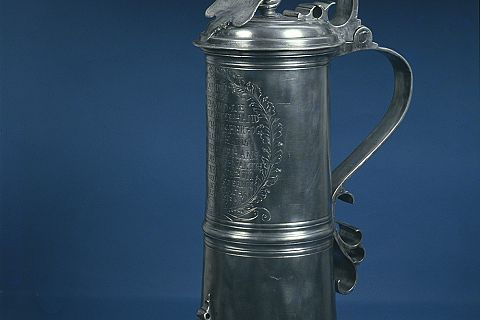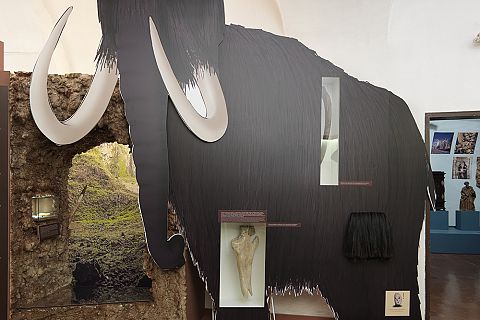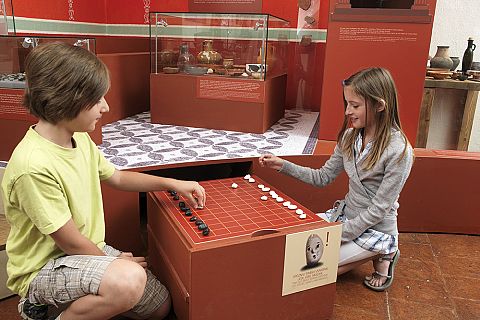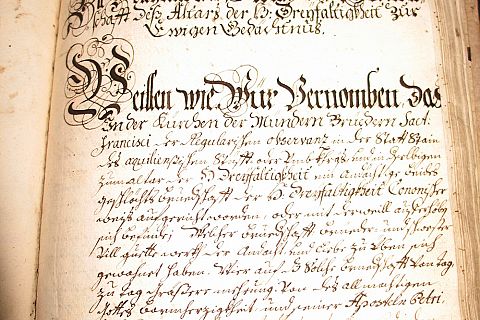- Info MM:K
Contact
Muzejska Pot 3, 1241 Kamnik, Slovenia
+386 (0)1 8317 662
info@muzejkamnik.siDŠ: 92474519
MŠ: 5095417000
TRR: SI56 0110 0600 0057 156Opening hours MM:K
Opening hours for visitors:
Tuesday-Saturday: 10.00 – 18.00,
Sunday, Monday and holidays: closedMuseum – Zaprice Castle and Miha Maleš Gallery are from 5.5. until 8.9. 2024 also open on Sundays from 10 a.m. to 2 p.m.
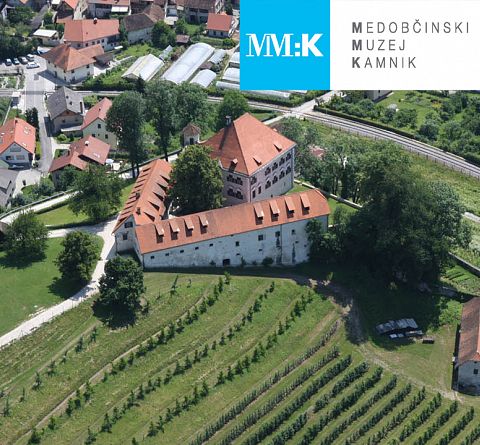
- Events & News
- Exhibitions
- Units
- Collections
- Education
- Shop
- About MM:K
Reflections of Kamnik’s Millennia
It presents the societies of particular periods, their political, social and economical circumstances, culture and everyday life. A visitor is able to experience the richness of ancient history on the spot through an attractive museum presentation using preserved material sources, replicas, reconstructions, folklore tradition, and through audio-visual digital information. In a variety of pedagogical corners visitors can get acquainted with the Roman games, coinage, ancient measurements and legends; apart from which they can broaden their knowledge by watching short movies on the castle’s reconstructions, maps, important personalities and other interesting topics.
The past milleniums life is representing itself through carefully chosen and displayed material and spiritual heritage that was either exceptional or completely ordinary and common in its time. The material of heritage is composed of a variety of themes- the life of the antique period with representation of a Roman kitchen, lararium and triklinium, cooperage workshop from the 4th century, early Middle Age and Slavic culture. We are proud to present restored archaeological material from the area of the municipalities of Mengeš, Domžale, Komenda, Lukovica, Trzin and of course from the area of the municipality of Kamnik. Much of the archaeological objects have not yet been presented to the wider professional or lay public. The High Middle Ages are represented by life in the castle: its kitchen, chapel, palace, armory and jail. Life inside the city walls is shown by two significant economic activities - trade and craft, village life through the description of the colonisation of the wider area, and problems like Turkish invasions. We then follow the glorious Baroque era and its spiritual atmosphere with unique objects of national importance: books like Dalmatin's Bible and The Glory of the Duchy of Carniola by Valvasor, small wooden sculptures of the Guardians of the Holy Sepulchre, pilgrimage images and reliquaries, and art of important artists of the Baroque - Valentin Metzinger, Fortunat Bergant (citizen of Kamnik), Franc Jelovšek and others. The magnificent era of Maria Theresa and Joseph II is marked by the office cupboard that stands here as a symbol of a strong bureaucratic system and the numerous reforms that were carried out by the above mentioned Empress and her successor. The phenomenon of the brigandage, being associated with brigands robbing, hiding and their secret language, together with the fear of them amongst the ranks of the common people in the wider area of Kamnik, was an outcome of the reforms.



